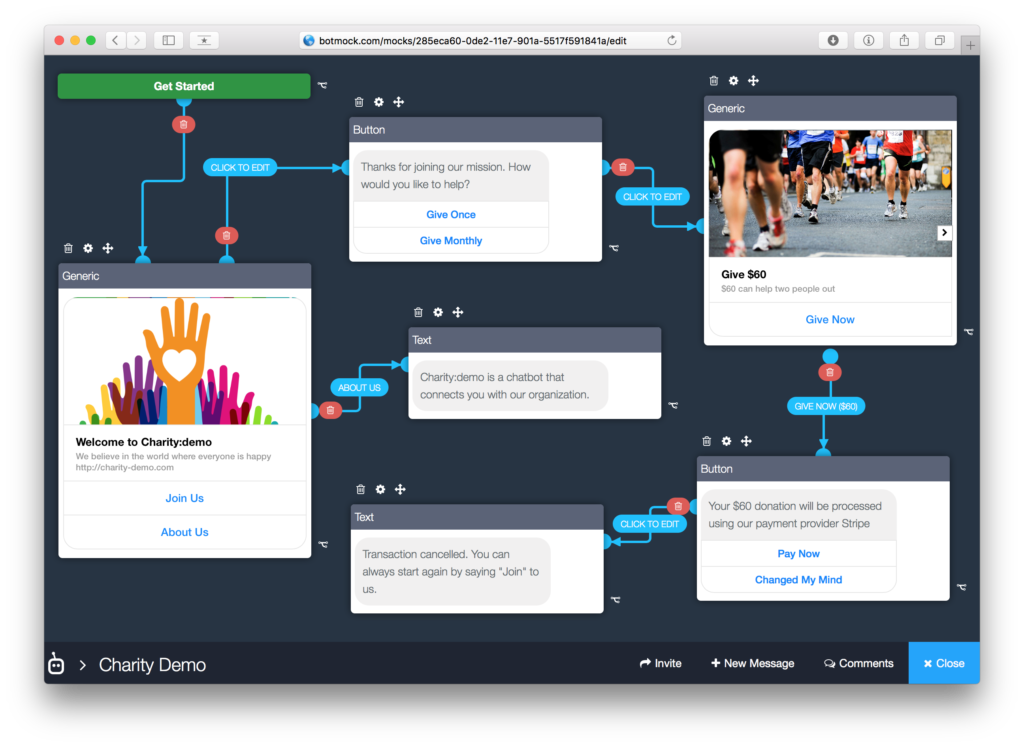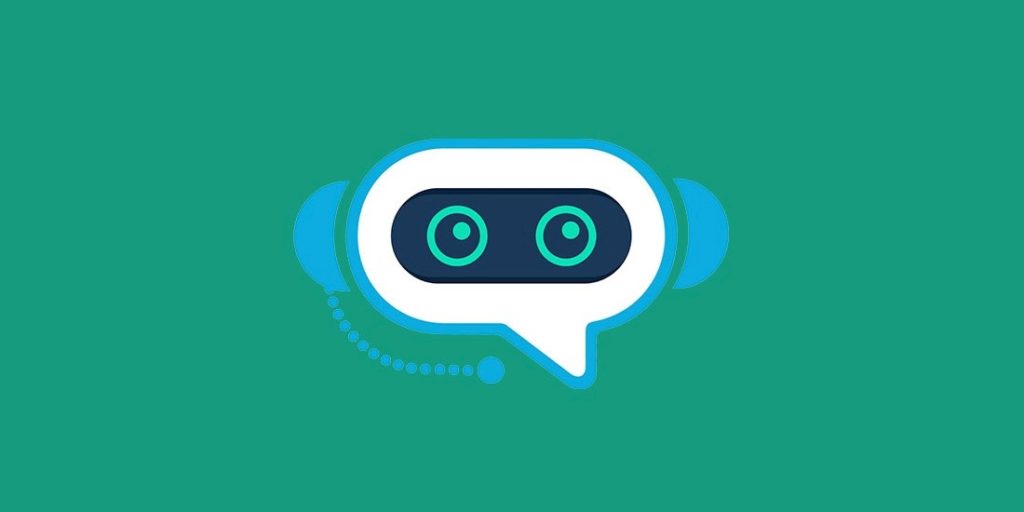A chatbot is an artificial intelligence that provides the conversational interface to aid users with a set of tasks through text or audio. It was first introduced in 1950. Alan Turing, an English mathematician and computer scientist, outlined the Turing artificial intelligence test in his paper “Computer Machinery and Intelligence” (Dermoudy, 2018). The recent blooming of the chatbot is credited by the developments in the fields of Artificial Intelligence and Speech Recognition. Unlike the conventional chatbot, which is pre-programmed and follows the linear flows to respond to commands, the advanced chatbot uses machine learning, algorithms, and natural language processes to interpret human natural language input and learn from previous conversations. Now, chatbots are everywhere, facilitating our lives.

Advantages of Chatbots for Users:
Engagement: natural conversation encourages people to interact with a product.
24/7 Service: operating 24 hours every day allows users’ needs to be satisfied anytime.
Instantaneous Response: users can receive immediate results or quick help.
Easy Access: chatbots can be easily accessed/waked, not limited to phones/home pods.
Personalization: with training by a user over time, the chatbot can develop a user profile and meet his/her preference and anticipation.
How to Design a Chatbot that People Want to Use?
Although chatbots offer significant benefits to users, users cannot avoid frequently getting annoyed with many chatbots and ask for human services. Many chatbots fail to solve the problem and disappoint the user’s expectation because they are not well-designed and lack testing before launch. Therefore, the following procedures are crucial, helping to reduce the fallback messages and improve the overall usability of the chatbot.
- Make a definition for the chatbot. Before detailing the metrics of a chatbot, you should set the definition based on the target user’s needs. Understand what is the main purpose of the chatbot and what feature it should contain (Ballinger, 2016). People use chatbot are mainly because of its simplicity. Therefore, it’s essential to avoid confusing features and set reliable tasks for the chatbot according to its definition. Also, don’t forget to notify the user at first what this chatbot can do.

- Develop a good conversational map. Bad chatbots are designed in a linear flow with a limited number of branches that depend on the acceptable user answers. To be more humanized, a chatbot should give users multiple paths that can lead them to a specific task. Also, a good conversational map with error prevention and the ability to memorize user’s answers are necessary to avoid fallback messages.
- Give the chatbot a personality. A chatbot should have a tailored character and unique tone of voice to be memorable. People prefer to feel as though they are not talking to a robot. Giving the chatbot a name and creating a persona for it are also very helpful to build an emotional bond and remind the user to interact with it.
- Analyze data from the chatbot. Using machine learning and natural language processes, you can improve the interaction where users make the most errors (UX 24/7) and reduce the amount of the fallback message. Understanding what users want, you can improve the interaction and develop a more personalized experience over time. Don’t let users down, but satisfy them.
- Test the chatbot. Do the usability test before launch!
Tips on the Usability Test:
- The unique cases should be involved, and even the worst scenario cases with people who have no experience using the chatbot or even those who have bad experiences with it. How novice users and biased users interact with the chatbot could give enhanced perspectives on how to improve the bot.
- Use the 60-second test to test fatigue: “Can users perform a certain number of tasks with just one hand in under 60 seconds?”
- The NLP Trainers should be involved with audio usability tests to recognize the logic and true needs behind these voices.
- Test the task completion rate of your chatbot, you can learn whether your conversational flow is well-designed (Lee, 2018).
References
Amber Dermoudy, How AI is Changing the Face of Customer Service. October 15, 2018. https://www.entrepreneur.com/article/321730.
Neil Ballinger, How to design a Chatbot. Dec 1, 2016. https://chatbotslife.com/how-to-design-a-chatbot-4cddea10a4ab.
Obaid Ahmed, Why you need to do Usability Testing for your chatbots in 2019. Jun 4, 2019. https://chatbotslife.com/why-you-need-to-do-usability-testing-for-your-chatbots-in-2019-3493f3936ac8.
UX24/7, Chatbot. https://ux247.com/emerging-technology-innovations/chatbots/.
Diane Lee, Why Bots Fail: Importance of Usability Testing. Aug 9, 2018. https://chatbotslife.com/https-bit-ly-2mu3vez-482f41f2b6cc.
